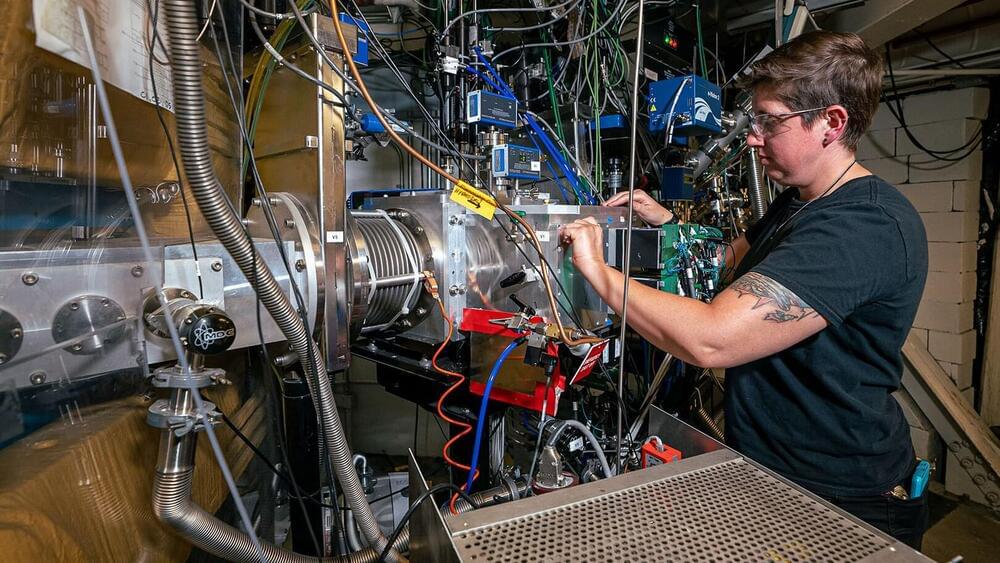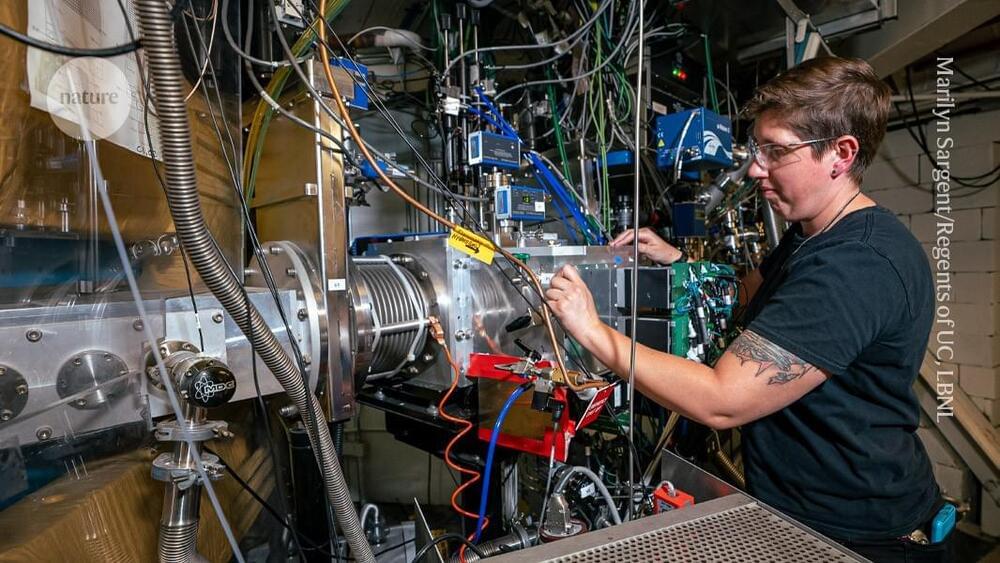NASA’s Juno orbiter has returned its latest batch of images of giant Jupiter, which are as impressive as ever.
Despite suffering from radiation damage earlier this year, its JunoCam camera—boasting just a two-megapixel resolution—continues to take and return arresting images of the planet’s cloud tops.
In recent months, Juno has been sending back images of Io, the closest of Jupiter’s large Galilean moons (Io, Europa, Callisto and Ganymede) and the most volcanic world in the solar system.








